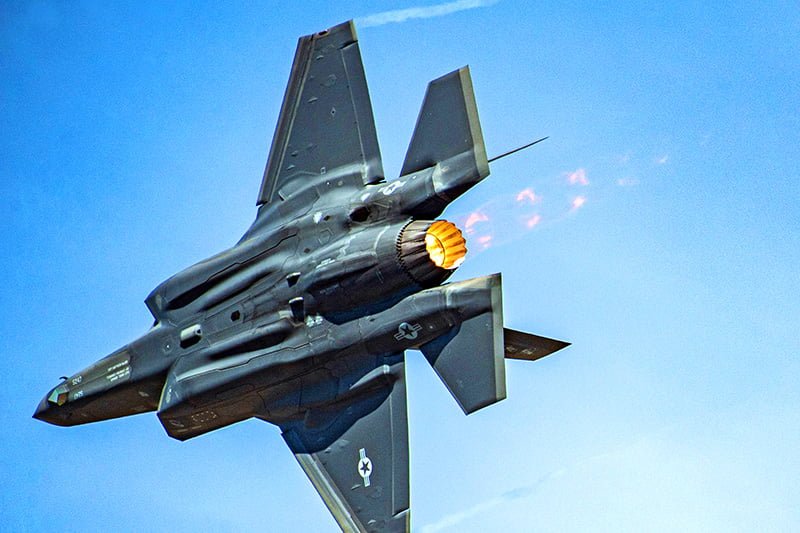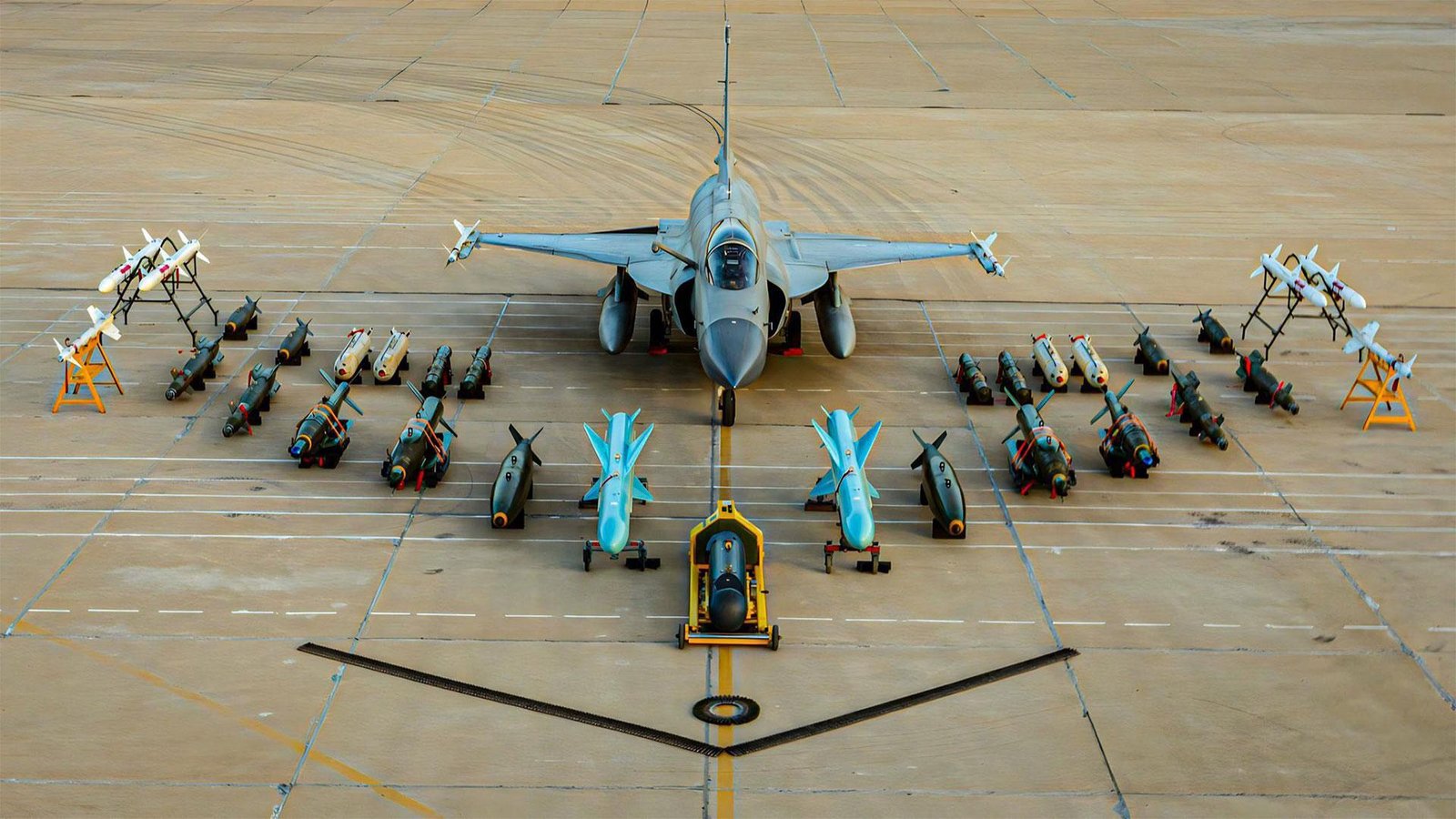Iraq Acquires JF-17 Block III Fighter Jets from Pakistan
Pakistan has achieved yet another successful deal as Iraq becomes the 3rd country to initiate and conclude a purchase agreement for JF-17 Thunder fighter aircraft. The joint manufacturing efforts between Pakistan and China have led to the production of these advanced aircraft, with Pakistan set to export its latest model, the JF-17 Block III, to Iraq. The Thunder’s impressive capabilities have garnered significant interest from several nations, including Argentina and Azerbaijan, which had previously studied the combat aircraft.
According to sources, the Iraqi government has allocated $1.2 billion for the procurement of 12 JF-17 Thunder Block III fighter jets with armaments from Pakistan. Earlier reports had indicated that Iraq had signed a contract with a Pakistani company, specifically for the purchase of an unspecified number of aircraft, believed to be the JF-17 Block III.
Iraqi Defence Minister Juma Inad confirmed this development by stating, “We signed a contract with a Pakistani company to purchase aircraft.”
Iraqi Defence Minister Juma Inad
The negotiations for this significant sale had spanned over two years, ultimately receiving approval from the governments of both Pakistan and Iraq.
Sources have confirmed that a deal has been finalized between IQAF ?? and PAC ?? for 12 JF-17C Block-III jets.
— Air Operations Syndicate (@AirOpsSyndicate) July 7, 2023
However, official signing is awaiting allocation of budget to IQAF for the subject deal and another deal of fighters from France. Iraq passed its $153B Budget in Jun'23. pic.twitter.com/SACRyXeONm
The acquisition of JF-17 Block III jets, the latest and most advanced model of the successful JF-17 series, would greatly enhance the capabilities of the Iraqi Air Force. Iraq’s interest in acquiring the JF-17 Thunder jets stems from its urgent need to counter the constant threat posed by adversary-operated drones. The purchase of aircraft from Pakistan marks the largest defense deal between the two nations in approximately forty years, showcasing the strengthening bilateral ties.
Incorporating the JF-17 Thunder aircraft into its air force, Nigeria has already experienced satisfactory results. This successful induction has further bolstered the confidence of potential buyers in the Thunder’s performance and reliability. With Iraq now joining the ranks of nations investing in Pakistan’s pride, the JF-17 Thunder continues to solidify its position as a sought-after and formidable fighter aircraft in the international market.
Read This: PAF Black Panthers re-equipped with JF17 Block-III
The acquisition of the JF-17 Block III by Iraq not only serves as a testament to the aircraft’s advanced capabilities but also signifies Iraq’s commitment to strengthening its defense capabilities. The inclusion of the JF-17 Block III in the Iraqi Air Force will enable the country to counter emerging threats and ensure the security of its airspace. As Iraq joins Nigeria and Myanmar as purchasers of the JF-17 Thunder, the aircraft’s reputation and demand continue to soar, solidifying its position as a game-changer in modern warfare.
Problem With Iraq F16 Fleet
Iraq’s fleet of F-16IQ jets has been plagued by maintenance issues, as the country struggles to upkeep its 34 Block 52 fighters acquired from the United States. Since the US withdrawal from Iraq, the level of maintenance for these jets has significantly decreased. Currently, only 20 aircraft are in a condition suitable for flying, but even they lack essential armaments like air-to-air and air-to-ground weapons. In light of these challenges, the Iraqi Air Force could benefit from incorporating the JF-17 Block III jets, the latest version of the successful JF-17, into their fleet.

Overall, the procurement of JF-17 Block III fighter jets by Iraq represents a significant milestone for both Pakistan and Iraq. It underscores the growing trust and collaboration between the two nations, while also highlighting the unmatched performance and appeal of the JF-17 Thunder aircraft. With its advanced features and combat capabilities, the JF-17 Block III is poised to provide Iraq with a decisive edge in safeguarding its skies and protecting its national security interests.












